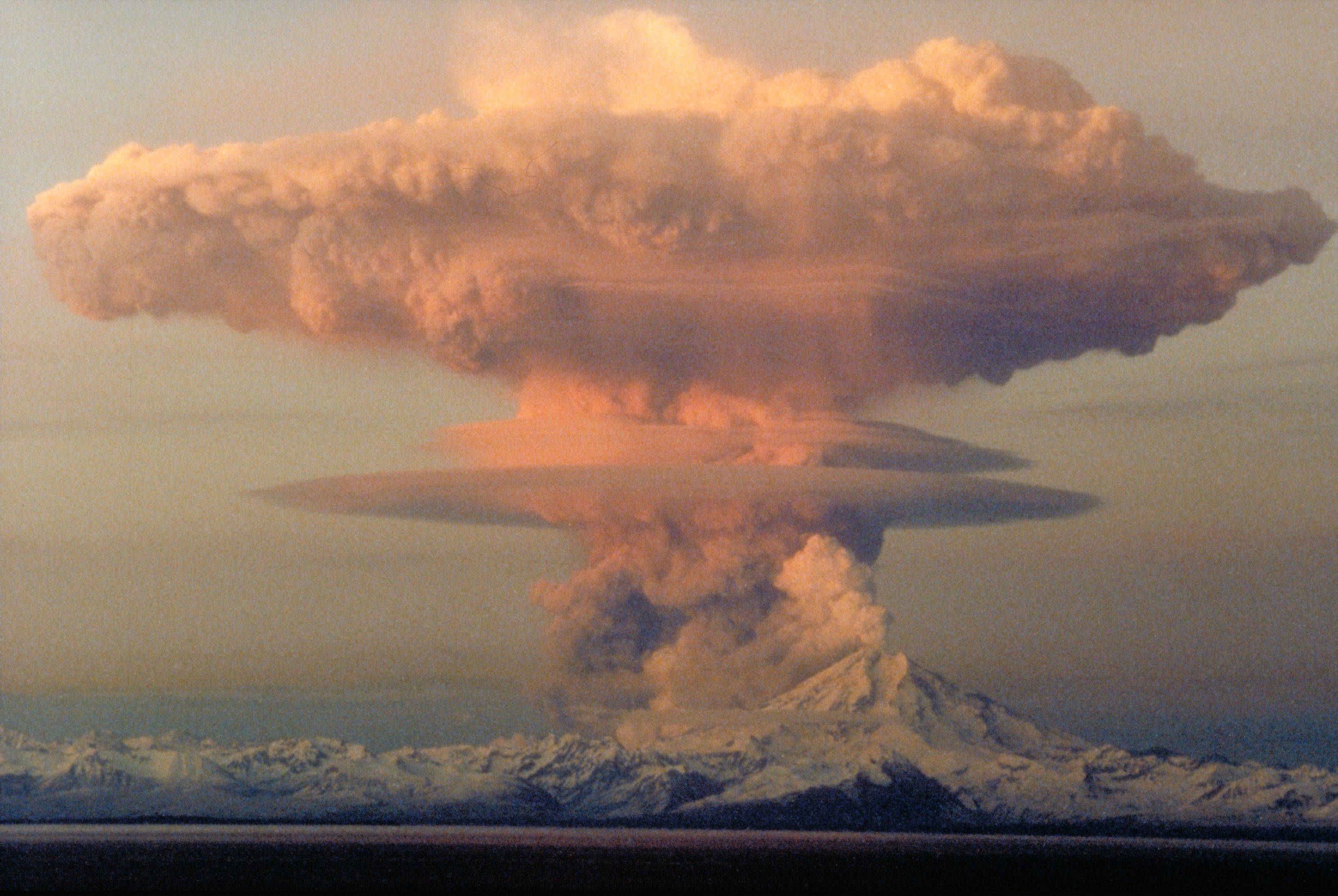The sound of an atomic explosion is a phenomenon that has intrigued scientists, historians, and the general public alike. The unique characteristics of this sound provide insights into the physics of nuclear reactions and the environment in which they occur. In this article, we will explore the details of atomic explosion sound, its formation, the science behind it, and its implications.
Atomic explosions, while devastating, offer a wealth of information that can be analyzed scientifically. From the initial blast wave to the subsequent sound waves, each component contributes to the overall auditory experience. Understanding this phenomenon requires a deep dive into the mechanics of sound and the specific conditions present during a nuclear detonation.
Join us as we unravel the complexities of atomic explosion sounds, examining their origins, characteristics, and the effects they have on both the environment and human perception. By the end of this article, you will have a comprehensive understanding of this remarkable phenomenon.
Table of Contents
- What is Atomic Explosion Sound?
- How is It Produced?
- Characteristics of the Sound
- The Science of Sound
- Impact on the Environment
- Human Perception of Atomic Explosion Sound
- Historical Significance of Atomic Explosion Sounds
- Future Research on Explosion Sounds
What is Atomic Explosion Sound?
Atomic explosion sound refers to the auditory phenomenon generated by a nuclear detonation. This sound is comprised of various frequencies and can be described as a loud bang followed by a series of reverberations. The nature of this sound is influenced by several factors, including the size of the explosion, the distance from the observer, and environmental conditions.
During an atomic explosion, the rapid release of energy creates a shock wave that travels faster than the speed of sound. This shock wave compresses the air in front of it, creating a high-pressure zone that ultimately results in the sound we hear. The sound may vary based on the type of explosion, whether it is an airburst or a ground detonation, leading to different auditory experiences.
How is It Produced?
The production of atomic explosion sound begins with the nuclear reaction itself. When a nuclear weapon detonates, an immense amount of energy is released in the form of heat and light, followed by the shock wave. Here's a breakdown of the process:
- Nuclear Reaction: The initial detonation occurs when nuclear fission or fusion takes place, releasing energy.
- Shock Wave Formation: The rapid expansion of gases creates a shock wave that travels outward.
- Sound Wave Propagation: As the shock wave moves through the air, it generates sound waves that can be heard by observers.
Characteristics of the Sound
The sound produced by an atomic explosion has distinct characteristics, including:
- Volume: The sound can reach levels exceeding 200 decibels, making it one of the loudest natural phenomena.
- Frequency: The sound contains a range of frequencies, from low rumblings to high-pitched noises.
- Delay: Observers may notice a delay between seeing the explosion and hearing the sound due to the speed of light being faster than sound.
The Science of Sound
To understand atomic explosion sound, it's essential to delve into the science of sound itself. Sound is a mechanical wave that propagates through a medium, such as air, water, or solid materials. The key concepts include:
Wave Propagation
Sound travels in waves, which can be longitudinal (compressions and rarefactions) or transverse (perpendicular to the direction of propagation). In the case of an atomic explosion, the shock wave is a type of longitudinal wave.
Sound Intensity and Decibels
Sound intensity is measured in decibels (dB), which is a logarithmic scale. The loudness of atomic explosion sound can cause immediate physical effects, including hearing damage, depending on the proximity to the detonation.
Impact on the Environment
Atomic explosions have significant environmental impacts beyond the immediate destruction caused by the blast. The sound waves generated can contribute to:
- Seismic Activity: The shock wave can cause ground vibrations, leading to detectable seismic activity.
- Atmospheric Changes: The explosion alters atmospheric pressure and temperature, affecting local weather patterns.
Human Perception of Atomic Explosion Sound
The human perception of atomic explosion sound varies based on distance, environmental conditions, and individual sensitivity. Factors influencing perception include:
- Distance: Those closer to the explosion will experience a much louder sound compared to those further away.
- Environment: Urban areas may amplify sound due to buildings reflecting sound waves, while rural areas may dissipate sound more quickly.
Historical Significance of Atomic Explosion Sounds
Atomic explosion sounds have historical significance, particularly during the development and testing of nuclear weapons. Notable events include:
- Trinity Test (1945): The first nuclear test in New Mexico, whose sound was heard miles away.
- Hiroshima and Nagasaki (1945): The bombings in Japan not only had devastating effects but also produced distinct sounds that were reported by survivors.
Future Research on Explosion Sounds
Research on atomic explosion sounds continues to evolve, focusing on both the physical characteristics and the psychological effects on individuals. Future studies may include:
- Improved Detection Methods: Developing advanced technology to analyze the sound waves produced during explosions.
- Psychological Impact Studies: Understanding the long-term effects of exposure to such sounds on mental health.
Conclusion
In summary, the sound of an atomic explosion is a complex phenomenon influenced by various factors, including the nature of the explosion, environmental conditions, and human perception. Understanding this phenomenon not only provides insights into the physics of sound but also highlights the broader implications of nuclear detonations on society and the environment.
We encourage you to leave your thoughts in the comments below, share this article with others, and explore more articles on our site to further your understanding of such critical topics.
Penutup
Thank you for taking the time to read our article on atomic explosion sound. We hope you found it informative and engaging. Please visit us again for more articles that delve into fascinating topics.




